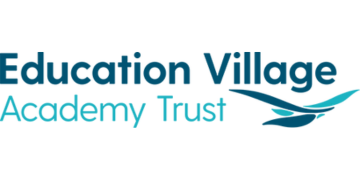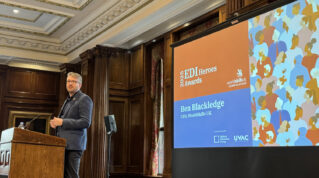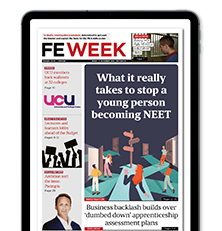Workplace culture has changed almost beyond recognition in the past decade. However, for a significant chunk of the population the workplace still remains inaccessible. Research from London Metropolitan University’s Met Lab in partnership with Haringey Council has revealed that some communities in Haringey have an employment rate 30 per cent lower than average.
The existence of such a gaping disparity in 2025 is alarming and highlights the need to close employment gaps between communities.
FE providers have an integral role in this process. As the link which joins employers with their future employees, they’re perfectly placed to connect the dots between the two. Institutions can ensure they’re equipping students with the skills their future employers are looking for and encourage firms to make workplaces as accessible as possible, by hiring people with diverse skillsets and backgrounds.
Structural changes are the most effective way to close the gap long term. Here are some of the most effective and straightforward changes FE providers and employers can implement.
Implement blind recruitment processes
Removing identifying information during the initial stages of recruitment and selection processes can increase interview rates for underrepresented groups by up to 30 per cent. By implementing blind recruitment, HE providers and employers can directly address unconscious bias in the early stages of recruitment.
This approach ensures that candidate evaluation is based purely on skills, qualifications and potential, and creates a more equitable screening process from the beginning of the recruitment process.
Develop robust flexible working arrangements
The research highlights the challenges disproportionately faced by diverse communities, including caregiving responsibilities, cultural considerations, and economic constraints. Implementing robust flexible working and studying arrangements such as flexible hours, job sharing, part-time opportunities, and supportive policies that recognise the differing requirements of diverse communities can make upskilling and working feasible for people with other responsibilities. These people would otherwise be unable to obtain the skills they need to enter the workforce.
Diversity auditing
There are huge representation gaps at all levels of the workforce evidenced in the research, but they’re by far the worst at the most senior levels, with leadership roles remaining predominantly white and male.
Organisations should undertake comprehensive diversity audits which go beyond simple headcounts; they should analyse recruitment processes and workplace culture too. Employers and education providers should set specific, measurable targets, with regular progress reporting in order to close the representation gaps.
Investing in inclusive leadership training
The report demonstrates that unconscious bias remains a significant barrier to employment equity in Haringey and more widely, with managers lacking the tools to recognise and mitigate their own biases. Employers should look to implement mandatory comprehensive leadership training focusing on cultural competency, understanding systemic barriers and developing active strategies for inclusive management. They should also provide practical tools to create supportive, equitable work environments that recognise and value diverse talents.
Closing the employment gap and making the workforce more diverse are a net positive for FE providers, employers and their future employees. By making the workplace more inclusive and upskilling workers, we get more people into high skilled work, a more dynamic FE system and a strong pipeline of skilled workers with fresh perspectives and ideas for employers to make the most of.
There’s so much untapped potential among people who want to be in work – creating a more inclusive workplace and closing the employment gap is the way to unlock it.















Your thoughts